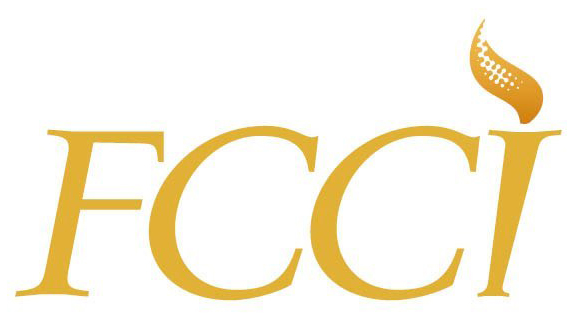Less Clutter. Less Noise.

Purging is good for the soul.
Recently my family took on the monumental task of spring-cleaning. My wife’s adage is, “if you haven’t worn/used/missed it in a year, get rid of it.” For a natural-born pack rat like myself, that’s quite a challenge. Maybe I haven’t worn it in the last year but that doesn’t necessarily mean I’ll never wear it again. I just know those pants will fit again. What about the tie-dye shirt with the peace sign? Or the college homecoming sweatshirt from the 80s? Or the white suede shoes? I do own a pair of white suede shoes. You never know when you’re going to be invited to a Pat Boone theme party.
A year ago I tried an experiment. I took everything out of my closet and then re-hung it with all the hangers turned backwards. Every time I wore an item, and returned it to the closet, I turned the hanger around the right way. By the end of the year I had a clear picture of what I wore. And what I never wore. Everything on a backwards hanger was added to the pile of donations bound for Goodwill. I was empowered to remove clothes I really didn’t like but felt that I needed to keep around.
My closet was suddenly more functional. Things weren’t hidden and wrinkled behind others. There was so much more space. I could focus on what I like, and what served my needs best.
Helping our clients is a lot like cleaning closets. We all have a tendency to pile up, hang on, and never let go even if it is outdated and ill fitting. But sometimes our job is to help purge — see what hangers are turned around — and tell the story in a fresh, clear, strategic way. Your message is as compelling as ever! But hitting your audience with all things important to you isn’t necessarily helping them see who you are and what’s in it for them.
Sometimes less communicates more. When we design a logo we don’t to try and represent every value or product or feature of your organization. When we redesign a website we encourage our clients to start from scratch and resist the urge to peek back at their current website for reference.
 I still recall a classic example of helping one organization update their logo. They are in the business of supporting and equipping Christian business owners to operate their companies with biblical principles – a high and excellent calling! But their old logo was such a hodgepodge of symbols and objects that the meaning behind it was completely lost. Intertwined around their company’s initials were objects including a triangle, a dove, a flame, and several figures seated around a conference table that were meant to represent different ethnicities and genders. I could almost imagine the committee that designed it. We took a more minimalistic approach. Starting with their company initials we stripped out all the symbols, updated their logotype, and transformed the last letter into a burning torch. That was it. Their new logo very simply reflected their mission of helping their customers “lead the way” in the business world by operating their organizations by biblical principles.
I still recall a classic example of helping one organization update their logo. They are in the business of supporting and equipping Christian business owners to operate their companies with biblical principles – a high and excellent calling! But their old logo was such a hodgepodge of symbols and objects that the meaning behind it was completely lost. Intertwined around their company’s initials were objects including a triangle, a dove, a flame, and several figures seated around a conference table that were meant to represent different ethnicities and genders. I could almost imagine the committee that designed it. We took a more minimalistic approach. Starting with their company initials we stripped out all the symbols, updated their logotype, and transformed the last letter into a burning torch. That was it. Their new logo very simply reflected their mission of helping their customers “lead the way” in the business world by operating their organizations by biblical principles.
Here are three tips to purging your brand and simplifying your message:
1. Who cares anyway?
Are there communications pieces that exist purely to serve the internal politics of your organization? Is the information on your website or literature more for you or your customer? Is there an overemphasis on your history and the story of your founders? Establishing the stability of your organization is important, but devoting lots of real estate to insider stories isn’t relevant to your customer. Learning the back-story of Apple or Coca-Cola is interesting if you’re a fan of those brands. But you’ll never hear any mention of Steve Jobs or Dr. John Pemberton in their marketing materials.
2. Start from scratch
When developing a communications piece the tendency is to use the last one as a template. Next time try starting from scratch. I’m not talking about reinventing the wheel. There may be important messaging or branding elements that need to remain consistent and true. But step back and think through what you are saying and why. Start by answering, “What do we have that our customer needs?”
3. Analyze your analytics
If you have a website make sure you pay attention to your analytics. Google Analytics is a free service that not only tracks overall traffic on your website, but also shows how often each page is visited. Find out which pages are getting the most hits and which are rarely visited. If those pages are not providing value to your customer, trash them!
It sounds simple, but if you think like your customer — know what you do, know what your customers want, and know what our customers need — you’ll be amazed at how easy it is to focus your message.
*****
How do you keep your communications fresh and clutter-free? Share your tips in the comments section.








